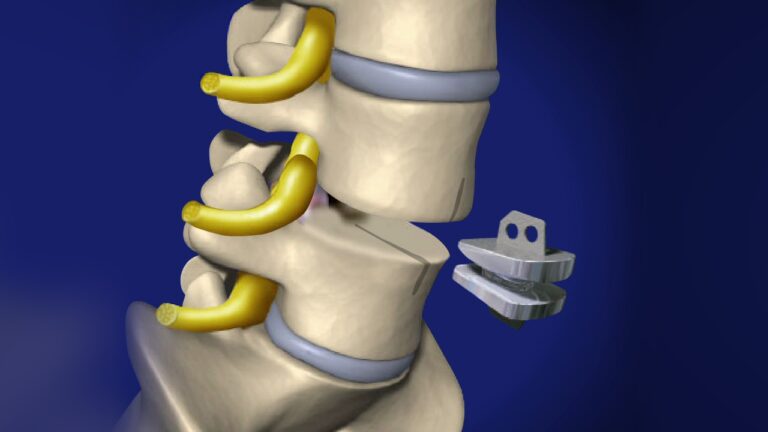
Nanomedicine is meant to use nanotechnology in healthcare. Nanotechnology refers to working with materials at the extent nano level. A nanometer is equal to one-millionth of mm. It is thousands of times less than the diameter of human hair.
There are a number of nano-size particles in nature. People create them from things like silver or carbon. Nanomaterials are substances generated by humans on the nano scale.
In nanomedicine, scientists create devices and materials that work with the body at the molecular or atomic level. It allows for targeted results and has the potential to restrict side effects.
How does it work
Nanomedicine works in simpler ways. Scientists engineer and manipulate atoms and molecules to serve as precise and tiny tools inside the human body. As nanomedicine works on a small scale, it helps to deliver drugs to the body in a targeted way.
Classification of nanomedicine
Nanomedicine is mostly used these days. But scientists think that there are many applications of nanomedicine. Here are the types of nanomedicine used in the field
- Diagnosis
Nanoparticles help to increase the technologies like MRI or ultrasound to produce clear images.
- Treatment
Nanoparticles are small enough to send drugs where required. Vaccines use nanoparticles to prompt the immune system and make antibodies against the viruses. Scientists also study the possibility of treatments that handle the genres.
- Regenerative medicine
Molecules that are known as carbon nanotubes are used to repair the body damaged tissues. In future, it may also be used to regrow nerves. Any type of nanomedicine known as theranostics combines treatment and diagnosis.
Which conditions are treated by nanomedicine
Nanomedicine has the potential to treat many health conditions. It benefits humans by treating the
- Neurological disease
Your brain has a layer of protective cells that keep the big molecules out. It is known as the blood-brain barrier and presents problems when drugs are required to get out of your brain. Nanoparticles, due to size, are cross to BBB. It provides promise to treat stroke, brain diseases, meningitis, and Alzheimer.
- Infections
Nanomedicine helps to detect the infection and delivery of nanomedicine antibiotics in specific ways. Medical devices like heart valves and catheters are coated in nanomaterials and help to prevent infection.
- Menopause
Hormone replacement therapy helps you to relieve symptoms. According to studies, giving hormones to the skin is effective and avoids some issues that are linked to medicine that you take by mouth. When hormones are delivered by nanoparticles, people face the side effects like blisters and rashes.
- Blood disorders
Conditions like lymphoma, leukemia, hemophilia, and anemia are treated with bone marrow transplants, chemotherapy, medicines, and stem cell therapy.
Scientists are focused on nano antibiotics to develop the artificial parts of blood that take over some of the functions that are disrupted by a blood disease.
Conclusion
Nanoparticles are sensitive and give clear pictures. It helps to deal with bacterial infections and deliver antibiotics in a specific way.




